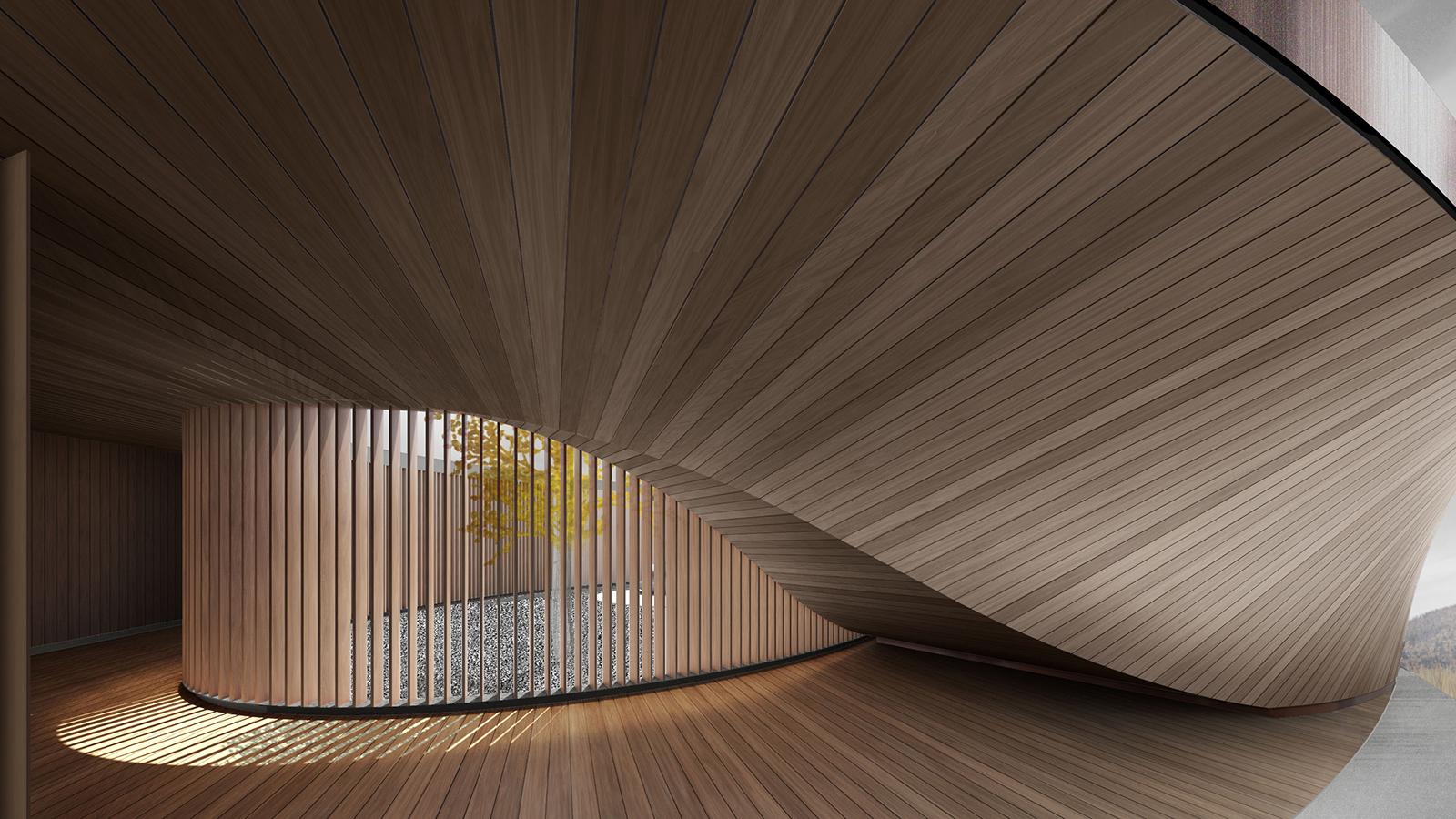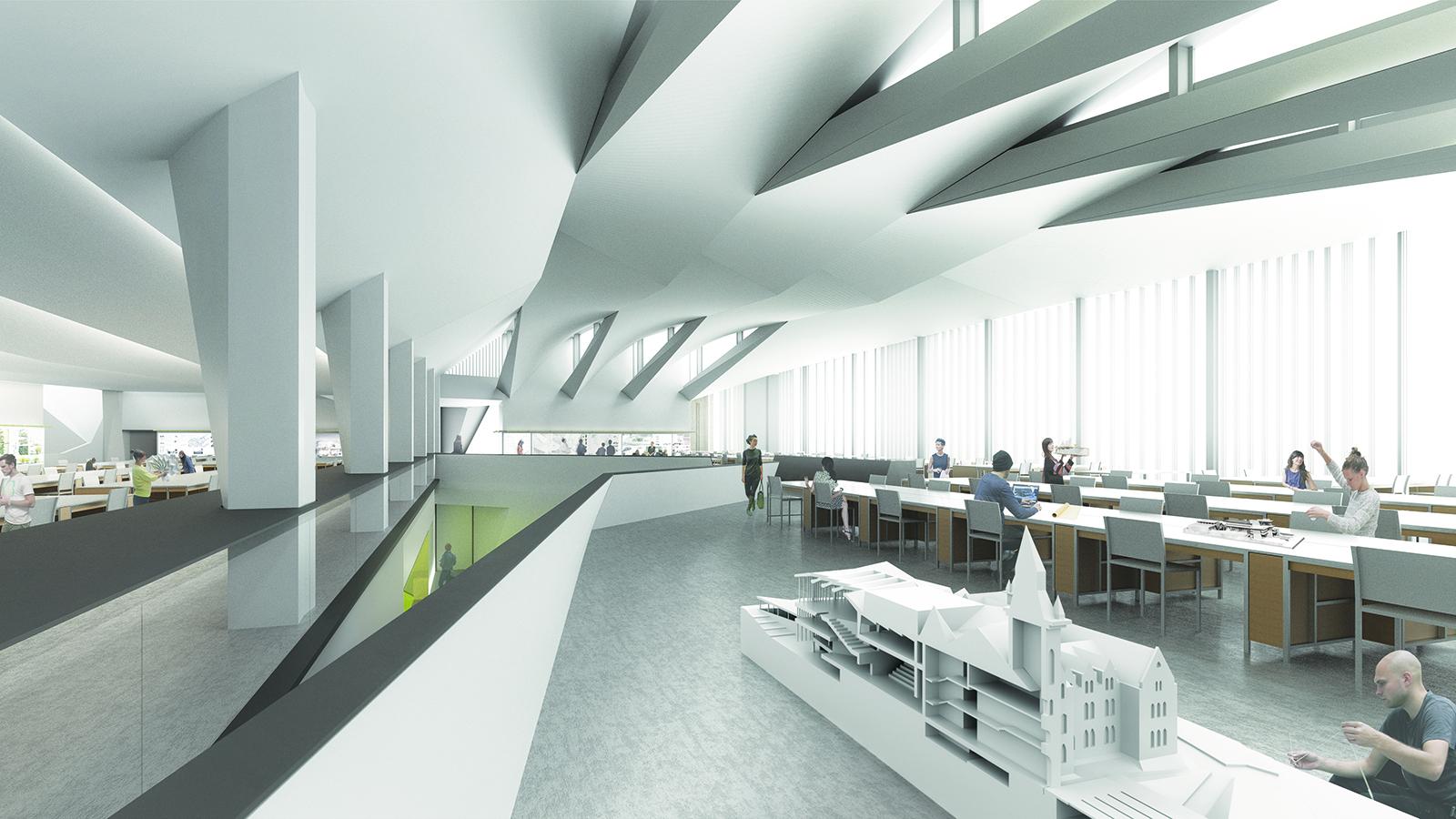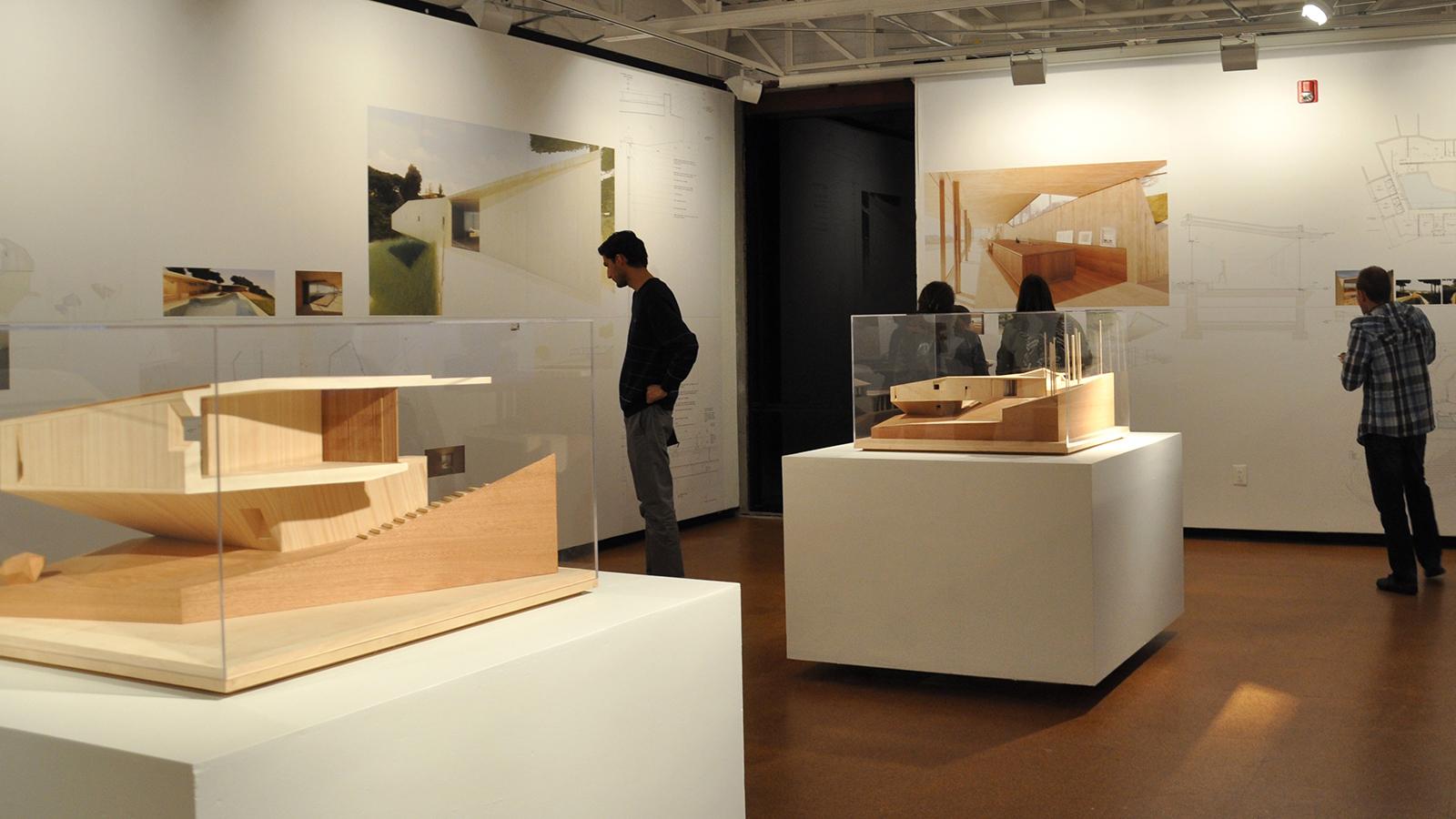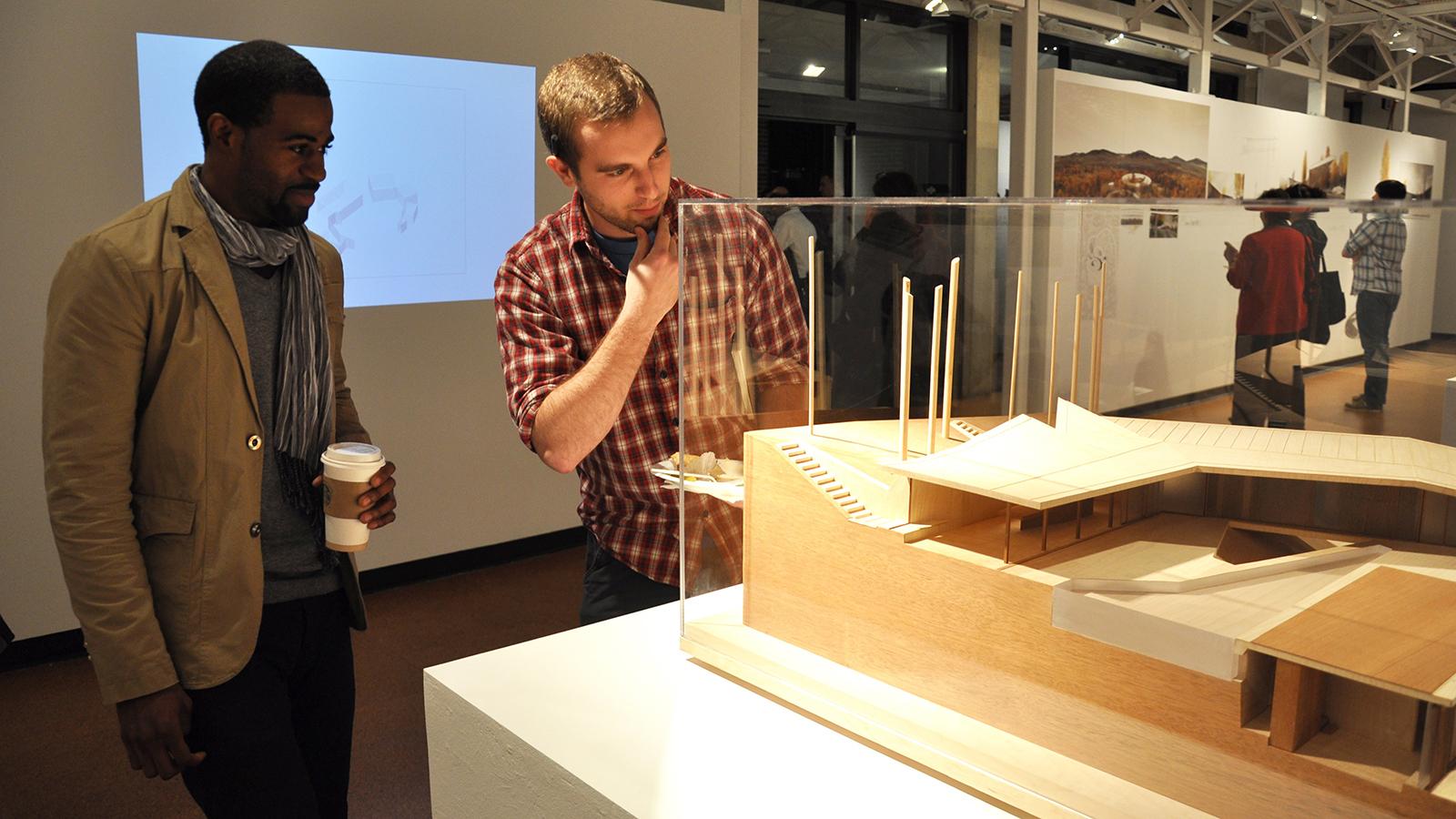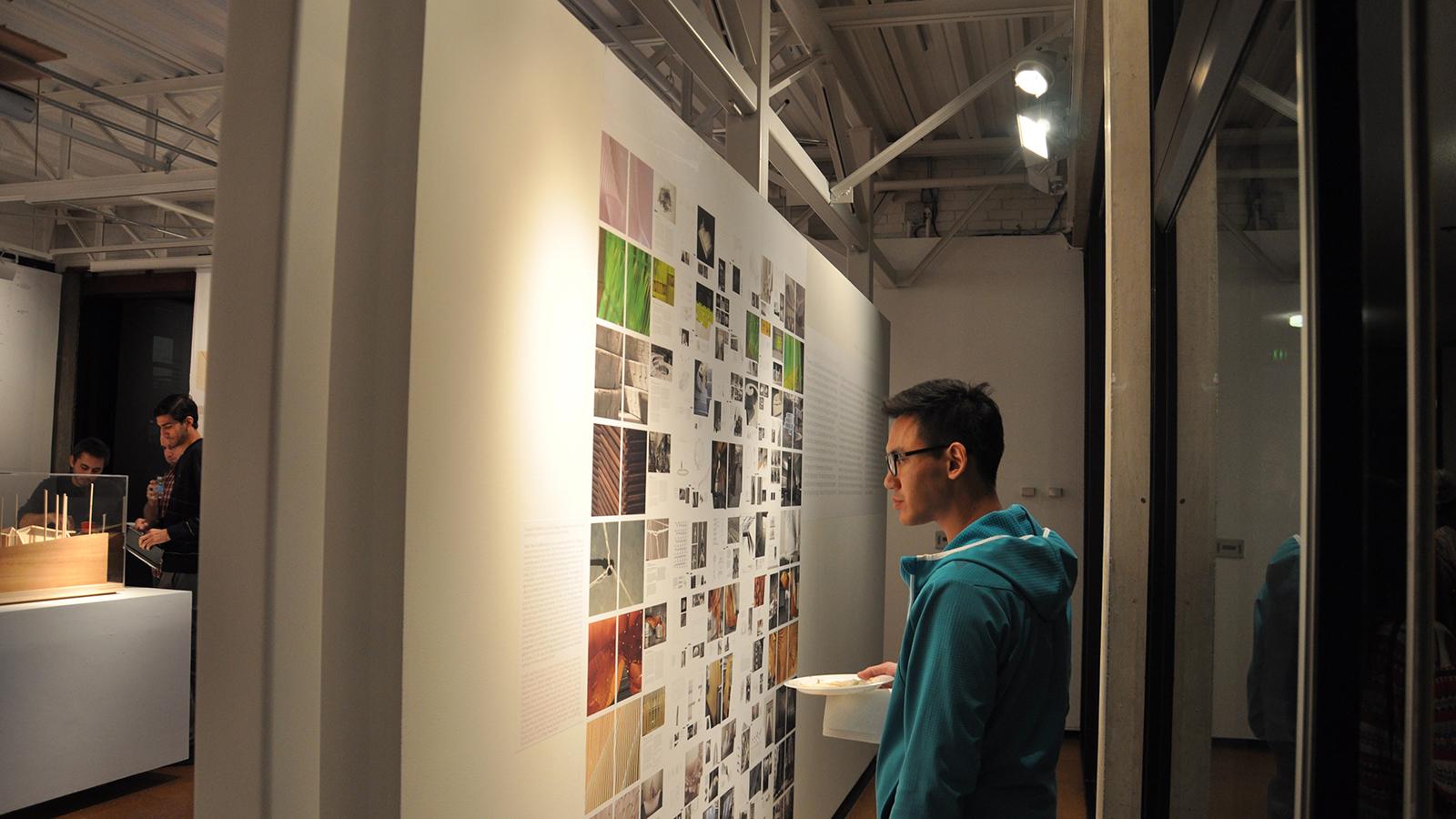3835 Campus Drive
Architecture Building (145 ARC)
College Park, MD 20742
United States
This exhibition showcases the recent work of the Boston Architecture Firm NADAAA and features 5 buildings—3 architecture schools and 2 houses that test the interaction of structure as form and concept, with architectural type. Nader Tehrani, principal of NADAAA offers the following:
“While architectural types invariably require structure, rarely does structural organization become a significant protagonist in the figuration of the type—transforming it beyond its conventional configuration. Structural systems are of course often defining features, but they do not, in themselves, demonstrate figurative possibilities beyond repetition, iteration and variation. What distinguishes the artifacts on display in this exhibit are the extra-ordinary, anomalous, and transformative properties of structural figures that invade the architectural type—an interaction that causes the emergence of new spatial, formal and material organizations. From the scale of the domestic to the public, this exhibition investigates this theme across a range of material technologies, tectonic systems and structural typologies.
“On the domestic front, two houses – one in Southern France and another in New Hampshire—serve as a testing ground for inscribing monumental figures into otherwise benign courtyard buildings, each figure serving as a threshold into the entry sequence of its respective project. Thus, while the domestic scene is characterized by discrete episodes, the larger structural figure offers a public front at a civic scale.
“The public projects, purely coincidentally, are all schools of architecture—the result of fortuitous outcomes of competitions. Within these projects, the structural figures serve as pedagogical tools, each attempting to radicalize the medium within which we are working: a suspension steel structure in Atlanta, a suspended glu-lam coffered structure in Melbourne, and a variation of the Firth of Forth truss system in Toronto. All these types are experiments targeted at a captive audience of students—an audience whose expertise and appreciation of complexity can raise the level of architectural discourse within its institution.”
--Nader Tehrani

